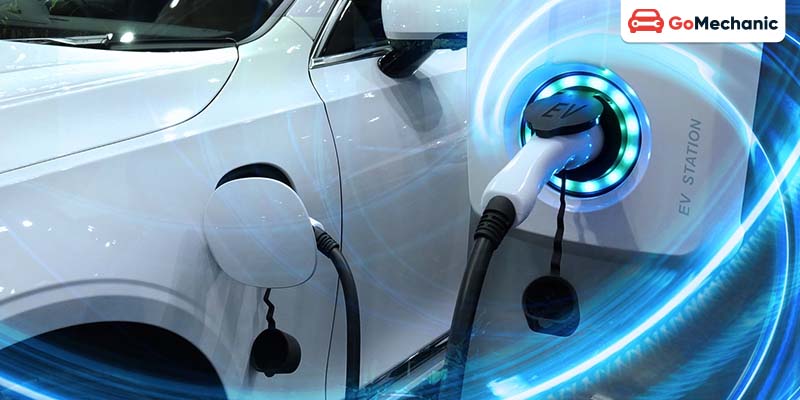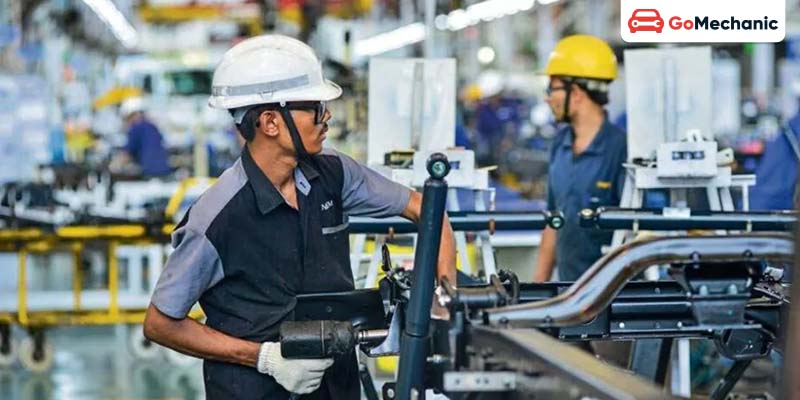The Finance Minister, Nirmala Sitharaman announced the union budget for FY 2024-25 on Tuesday, July 23. Surprisingly, she didn’t mention the automotive industry in the statements directly, however, several highlights were presented in the parliament about the customs duties, local production units, and the green ecosystem related to the automotive sector. Here is everything you need to know.
Impact on the EV Sector

“Electric vehicles” is an exponentially growing topic in today’s India. Keeping this a main concern, the Union Budget highlights a few points related to the EV sector. Firstly, exemption of customs duties on 25 vital minerals such as lithium, cobalt, copper, etc., and extended exemption from the BCD on lithium-ion cells up to 31st March 2026. Such elements are widely used in the production of EV batteries, removing custom duties on these elements will make EV battery production cheaper, ultimately resulting in affordable ownership of EVs.
Secondly, the Budget cuts down the allocation of FAME (Faster Adoption of Manufacturing of Electric vehicles) scheme by 44% to Rs 2671 crore from Rs 4807 crore. The FAME scheme benefits EV manufacturers to produce electric vehicles on a higher level with the help of incentives provided by the government to cut down the emissions and pollution levels in the country. Instead, the budget increases the allocation of PLI (Production-Linked Incentive) to Rs 3500 crore from Rs 600 crore to help EV manufacturing. According to the central government, PLI is more efficient than the FAME.
Impact on the Local Manufacturing/Production
The Finance Minister emphasized the importance of local manufacturing in her budget speech. Reduction in import duties and customs encourages the local production of vehicles within the country. The Union Budget provides incentives up to Rs 6921 crore for local manufacturers including Original Equipment Manufacturers(OEMs) and Component manufacturers to enhance their manufacturing capabilities and find growth within the country, followed by infrastructural support and employment generation.
Moreover, initiatives like ‘Make in India’ and ‘Atma Nirbhar Bharat’ are advocated in the budget for the automotive industry. Supporting domestic manufacturers and encouraging foreign automotive brands to set up domestic manufacturing plants within the country promotes the idea of Indigenous manufacturing and helps to generate employment for the locals.

What We Think of Budget’25 as a Car Servicing Company – GoMechani’s Take
Union Budget’25 encapsulates multiple schemes for EV generation and emphasizes the ‘Aatmanirbhar Bharat’ by advocating local manufacturing, which is a good take for a developing country like India. Last year, the Indian automotive sector contributed almost 49% of India’s manufacturing GDP, producing approximately 49 lakh passenger vehicles, 215 lakh two-wheelers, 9.9 lakh three-wheelers, and almost 11 lakh commercial vehicles, and a growing sector like this does need support from the government. While the reduction in the FAME allocation seems quite unpromising, increments in the PLI scheme balance the way out for automotive makers and other relevant figures. Overall, the Union Budget’25 is quite promising for the EV sector and employment generation in the country.





